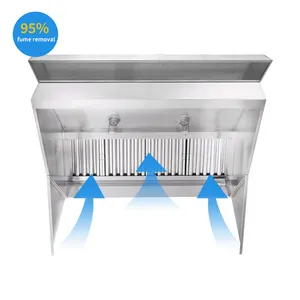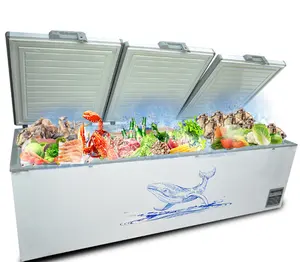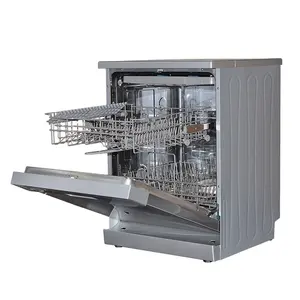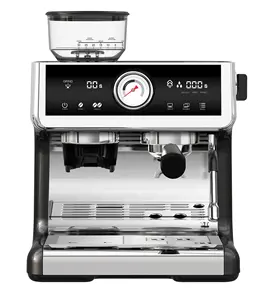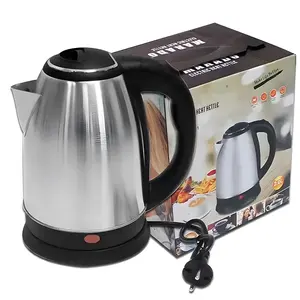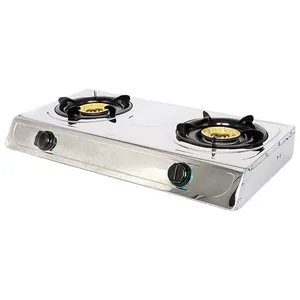Popular in your industry
































































Top categories
About canopy rangehood
Introduction
The kitchen is the heart of the home, and a canopy rangehood is its lungs. This essential appliance, modelled after industrial rangehoods, ensures your kitchen remains smoke-free, odourless, and pleasant. With a variety of types, each offering unique features and benefits, choosing the right one can be a daunting task. This comprehensive guide will walk you through the different types of canopy rangehoods, key features to consider, and common mistakes to avoid, ensuring you make an informed decision that suits your kitchen's needs and aesthetics.
Understanding Canopy Rangehoods
A canopy rangehood is a style of rangehood modelled on the industrial rangehoods found in professional kitchens. It forms a 'canopy' over the cooking area, facilitating effective and efficient operation. Canopy rangehoods are powerful, ideal for strong air filtration in your kitchen. They feature a large chimney shape and can be mounted onto a wall or suspended from the ceiling above a kitchen island. Their size makes them best suited for large kitchens. Additionally, they make a bold style statement, providing an aesthetically-pleasing focal point for your kitchen.
Types of Canopy Rangehoods
Canopy rangehoods come in various types, each with unique features and benefits. Wall-mount canopy hoods, installed above the range, effectively capture and filter kitchen air. Island canopy hoods, hanging over an island range, contribute to kitchen aesthetics and deliver powerful ventilation. Under-cabinet hoods, installed under an over-the-range cabinet, offer a built-in look and efficient venting. Microwave hood combinations serve dual purposes, cooking food and venting smoke. Retractable downdraft hoods, installed into countertops, provide strong venting capabilities. Lastly, range hood liners, hidden within cabinetry, deliver similar venting strength as other types.
Ducted Rangehoods
Ducted rangehoods, often found in commercial kitchens, are designed to vent smoke, fumes, and dirty air outside. They are more efficient at removing humidity and steam from the cooking area as they don't recirculate the air but vent it out completely. However, their installation requires a duct system that connects the kitchen to the exterior of the building, which can limit where they can be placed in the kitchen. Despite this, their efficiency and potential for quieter operation make them a popular choice for many homeowners.
Recirculating Rangehoods
Recirculating canopy rangehoods are a type of kitchen ventilation system. They work by extracting cooking exhaust through charcoal or carbon filters. These filters are designed to remove airborne contaminants and odours. After the air is cleaned, it is then recycled back into the kitchen. Unlike ducted rangehoods, recirculating rangehoods do not require ductwork to the outdoors, making them a flexible option for various kitchen designs.
Key Features to Consider
When buying a canopy rangehood, consider its size, ensuring it matches your cooktop's width and fits the space above it. Decide between ducted and recirculating rangehoods, the former being more effective but requiring installation of a duct pipe. Check the extraction rate, with around 700m3/h recommended for heavy cooking. The type of filter is also important, with aluminium filters in ducted rangehoods needing regular cleaning, and carbon filters in recirculating ones requiring replacement. Noise levels vary, so consider a sound-proofed motor if this is a concern. Lastly, touch controls offer a streamlined aesthetic and easier cleaning.
Size and Installation Space
Choosing the right size for your canopy rangehood is crucial. Typically, they come in widths of 24", 30", or 36". Your rangehood should be as wide as your stovetop, or even 6" wider. The vent hood should be installed 20–30" away from your cooktop. It should cover at least the back burners and half of the front burners. The depth should be about 2–3" less than the depth of your cooktop. Always refer to your product’s manual for specific clearance measurements.
Power and Noise Levels
The power and noise levels of a canopy rangehood are crucial factors to consider. Typically, the noise level, measured in sones, increases with the power of the hood, measured in CFM. For instance, a 600 CFM range hood is quieter, suitable for those who don't cook often. However, if you frequently cook greasy or fried food, a 900+ CFM range hood is recommended. It's louder but more powerful, ensuring efficient air cleaning. Remember, a quiet range hood at max power is between four and five sones. Six sones are equivalent to an electric fan's noise level.
Filter Type and Maintenance
Understanding the type of filter in your canopy rangehood is crucial for its maintenance. There are generally two types: charcoal and mesh filters. Charcoal filters, made of carbon, are used in ductless rangehoods and need to be replaced regularly. Mesh filters, used for ducted rangehoods, trap smoke, bacteria, and grease. They are usually made of stainless steel or aluminium and can be cleaned using various methods. Regular cleaning of these filters ensures improved safety, air quality, and a more pleasant cooking experience.
Design and Aesthetics
When it comes to aesthetics, range hoods can be a focal point in your kitchen. Designers are increasingly opting for hoods that seamlessly fit into the kitchen design, whether it's modern minimalism or a bold standout. The use of different materials, from metallic to marble, can add a unique touch. Some designers even use the hood to tie together different materials throughout the space. The design can also be influenced by the kitchen's layout, with some hoods modified to correspond with angled ceilings or concealed within cabinetry for a cohesive look.
Price and Warranty
The cost of canopy rangehoods can vary significantly based on their type, features, and materials. Basic models can be quite affordable, while high-end models with advanced features and premium materials can cost significantly more. Labor costs for installation can also add to the overall expense, especially if ductwork or electrical setup is required. It's also important to consider the warranty offered by the manufacturer, as this can provide added value and peace of mind.
Reviewing Top Brands
When choosing a canopy rangehood, consider top-rated brands available on Alibaba.com. These brands offer a variety of customer support options, professional quality range hoods, affordability, and a wide variety of range hoods. Some specialize in range hoods with a lifetime motor warranty, while others provide a luxury experience at an affordable price. Always check for warranties and customer reviews before making a purchase.
Common Mistakes to Avoid
When choosing a canopy rangehood, common mistakes to avoid include overlooking the importance of good internal design over claimed extraction rate, neglecting the ease of cleaning, and not considering the type of filter. The noise level is also a crucial factor that is often ignored. For ducted rangehoods, a one-way flap can help regulate temperature, but many forget to check if this feature is included. Lastly, some rangehoods are compatible with induction cooktops and automatically adjust their settings, a feature often overlooked during purchase.
Conclusion
Choosing the right canopy rangehood is a critical decision that impacts your kitchen's functionality and aesthetics. Whether you opt for a wall-mount, island, under-cabinet, or a microwave hood combination, it's essential to consider factors like size, power, noise levels, filter type, design, and price. Avoid common mistakes such as overlooking the importance of good internal design, ease of cleaning, and noise levels. Remember, a well-chosen rangehood not only enhances your cooking experience but also adds a touch of elegance to your kitchen.
